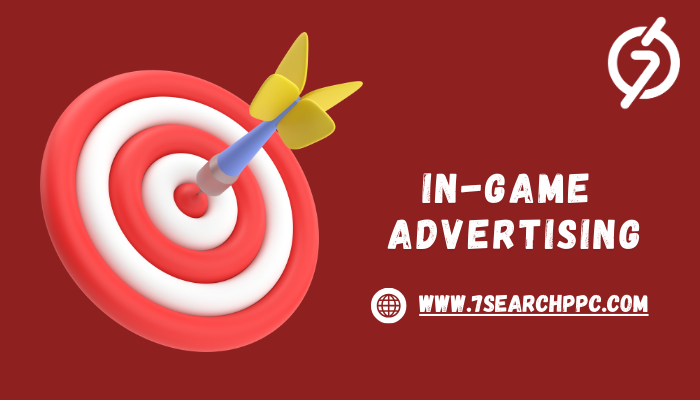India’s mobile gaming industry has witnessed unprecedented growth in recent years, creating a fertile ground for in-game advertising. With over 420 million active gamers and a market value exceeding $2.8 billion, the country has become a powerhouse in the global gaming ecosystem. This explosive growth has attracted advertisers looking to connect with engaged audiences through innovative in-game advertising strategies.
Understanding In-Game Advertising
In-game advertising refers to the integration of promotional content within video games, ranging from subtle brand placements to interactive advertisements. This form of advertising has evolved significantly from simple banner ads to sophisticated native integrations that enhance rather than interrupt the gaming experience.
Types of In-Game Advertising Formats
Static ads remain fixed elements within the game environment, such as billboards in racing games or branded merchandise in sports titles. Dynamic ads offer more flexibility, allowing advertisers to update content in real-time based on player demographics and behavior. Rewarded video ads have gained particular traction in mobile games, offering players in-game benefits in exchange for watching advertisements.
Benefits for Advertisers and Developers
The symbiotic relationship between advertisers and game developers has created a win-win situation. Advertisers gain access to highly engaged audiences, while developers secure additional revenue streams without compromising the gaming experience. This model has proven especially effective in India, where players are increasingly accepting of advertisements that provide value through rewards or enhanced gameplay features.
Why India’s Mobile Gaming Market is Attractive for Advertisers
Demographic Sweet Spot
India’s young, tech-savvy population spends an average of 8.5 hours per month playing mobile games. This demographic aligns perfectly with many brands’ target audiences, making in-game advertising networks an attractive proposition for reaching millennials and Gen Z consumers.
Cost-Effective Marketing Channel
Compared to traditional advertising channels, in-game advertising often delivers higher engagement rates at lower costs. The ability to target specific player segments and measure performance in real-time makes it an efficient marketing investment for brands of all sizes.
High User Engagement
Mobile games command significant attention spans, with players fully immersed in the gaming experience. This focused engagement creates optimal conditions for brand messaging to resonate with audiences, leading to higher recall and conversion rates.
Impact of Video Game Advertising on Player Experience
Native Integration Success Stories
Successful game ads seamlessly blend into the gaming environment, enhancing rather than disrupting the player experience. For example, popular Indian gaming titles have incorporated branded power-ups and custom character skins that add value to gameplay while delivering advertising messages.
Player Reception and Engagement
Research indicates that 73% of Indian mobile gamers prefer watching ads in exchange for in-game rewards rather than making direct purchases. This acceptance has led to the proliferation of rewarded video ads across gaming applications.
Future Trends in Game Ads
Programmatic Advertising Growth
The integration of programmatic advertising technology is streamlining the buying and placement of in-game ads, making it easier for advertisers to reach specific audience segments at scale.
Advanced Analytics and Targeting
Improved data analytics capabilities are enabling more sophisticated targeting and performance measurement, allowing advertisers to optimize their campaigns in real-time based on player behavior and preferences.
Emerging Technologies
The advent of augmented reality (AR) and virtual reality (VR) gaming is opening new frontages for innovative advertising formats, promising even more immersive brand experiences in the future.
Conclusion
The success of in-game advertising campaigns in India’s mobile gaming market depends on several key factors. Advertisers should focus on creating non-intrusive ads that add value to the gaming experience, maintain consistent brand messaging across different gaming environments, and leverage data analytics for continuous optimization.
Regular testing and refinement of ad creatives, careful selection of game genres and platforms, and maintaining a balance between advertising frequency and user experience are essential considerations for brands entering this space.
Frequently Asked Questions (FAQs)
How effective is in-game advertising compared to traditional advertising methods?
Ans: In-game advertising typically shows higher engagement rates, with studies indicating up to 30% better brand recall compared to traditional digital advertising formats. The interactive nature of gaming provides a more immersive environment for brand messaging.
What types of brands are best suited for in-game advertising?
Ans: While any brand can potentially benefit from in-game advertising, those targeting younger demographics (18-35) tend to see the best results. This includes consumer electronics, food and beverage, fashion, and entertainment brands.
How can advertisers measure the ROI of their in-game advertising campaigns?
Ans: Modern in-game advertising platforms provide comprehensive analytics including view rates, engagement metrics, click-through rates, and conversion tracking. Additionally, brand lift studies can measure changes in awareness and perception.
What is the minimum budget required for in-game advertising in India?
Ans: Entry-level campaigns can start from as low as ₹50,000, though budgets typically range from ₹5-50 lakhs for comprehensive campaigns across multiple games and formats.
How can brands ensure their in-game advertisements remain brand-safe?
Ans: Most major gaming platforms offer brand safety controls, including content filtering, demographic targeting, and pre-approval processes for ad placements. Working with reputable game publishers and advertising networks can also help ensure brand safety.



